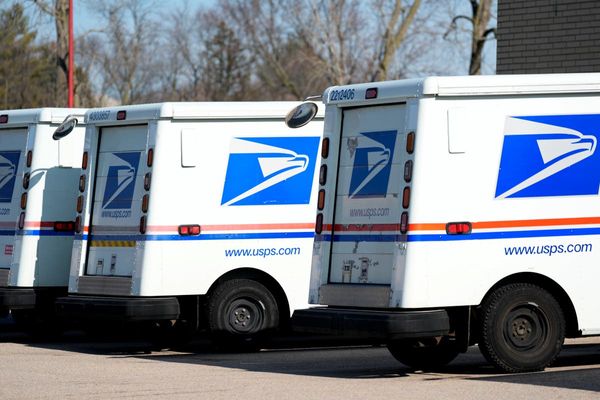
1.High disparity
For uniform wealth distribution across the country, any demographic or state would need to have 20% of their population falling in each of the five wealth quintiles, in line with that of India. However, that’s far from true.
India’s urban population is tilted towards the top quintiles, indicating a generally higher standard of living, but it has a striking contrast with rural areas. About 74% of urban Indians belong to the two richest quintiles (top 40% of the overall population), Only one in four rural Indians fall in these groups. About 54% of rural Indians belong to the poorest two wealth quintiles. This is true for just 10.3% of the urban population.
Twelve states and Union territories have more than half of their population in the lowest two wealth quintiles. Assam has the highest such share (70%), followed by Bihar (69%) and Jharkhand (68%). Barring Mizoram and Sikkim, all northeastern states fall under this category.
2.District trends
Mahe district of Puducherry has the smallest share of the poor (0.1%), while Supaul district of Bihar has the highest (91.9%). For several districts, this share exceeds 80%. In the poorest states, districts where the capital cities are located come across as islands of relatively better living standards.
In Kerala, most districts have less than 10% poor population. The trend is similar in districts of Punjab and Haryana.
Poverty indicators usually use different benchmarks for urban and rural populations. However, the NFHS wealth index uses the same benchmark for the entire country. It should only be used to assess each state’s wealth distribution relative to India’s. Hence, if a state has 40% population falling in the bottom two quintiles, it means it is in line with the national trend. Similarly, everyone in the top two quintiles may not enjoy a comfortable standard of living. They are merely in the top 40%.
3.Religion and caste
Hindus and Muslims have a wealth distribution fairly in line with India’s national average, with about 20% of their populations in each quintile. Christians have a slightly higher share of population (26%) in the highest wealth quintile. Only 1.6% of Sikhs fall in the lowest wealth quintile; 59% is in the highest quintile.
The caste-wise distribution is far more stark. Over 70% of the scheduled tribe population falls in the lowest two quintiles and the same is true for 49% of the scheduled caste population. The distribution for the other backward classes mirrors the national trend.
More than half the remaining population belongs to the top two quintiles and just 26% is in the poorest two quintiles. The findings suggest that caste is still a major determinant of affluence levels when benchmarked against the national wealth distribution trends.
4.Education link
The distribution of wealth across states, religions, and castes depicts a clear picture of prevailing inequality. It traps the marginalized in a vicious cycle of poverty and discrimination. Education breaks that vicious circle, as the NFHS data attests to.
The report shows strong correlation between education and wealth status. To measure this, the survey recorded the educational qualification of the head of each household. In households where the head had completed more years of schooling, the wealth status was better, and where heads were less schooled, 64% people belonged to the poorest two quintiles and just 5% were in the top quintile.
Only one in 10 households where the head had completed 12 or more years of schooling was in the bottom 40%. Three in four were rich, or the top 40%. Half the households where the head had not moved beyond primary education were poor.
5.BPL coverage
In India, 45% households have BPL cards, which are given to families adjudged to be below the poverty line. Andhra Pradesh has the highest share (90%), followed by Chhattisgarh (87%), Telangana (85%), Karnataka (79%), and Nagaland (67%). Among larger states, Punjab has the lowest share (19%), followed by Tamil Nadu (23%), Rajasthan (24%) and Haryana (24%). Tripura, Assam, West Bengal, Bihar, and Uttar Pradesh have high populations deprived of BPL cards, though at least every second person falls in the poor category.
At a time India’s poverty measurement is under scrutiny, the NFHS report, through a quintile approach, is a reality check based on the ownership of common household assets. The message is clear: certain states lag in their entirety, as do marginalized communities in India.
(Nandlal Mishra is a PhD Scholar at the International Institute for Population Sciences (IIPS), Mumbai, which is the nodal agency for the NFHS. Devikrishna N.B. is a postgraduate student at IIPS.)







